
Figure 1 - Barn
Start by pouring a concrete pad for the rooms. Depending on the ground base material you may or may not need to add footings. Your local building department will advise you on the construction requirements in your area.
Once the concrete pad has been poured and allowed to cure for a few days, you can commence construction of the walls.
The wall construction is no different than finishing a basement, and depending on your climate and the use of the interior buildings you can determine if you want to have it insulated for heating and possibly cooling.
If it is a one story room that you are constructing and there is no plan to add or use the ceiling space above the room for storage you can construct the room using steel studs
If however you plan on having two stories or using the ceiling as storage area, I recommend the use of 2 X 4 or 2 X 6 construction.
You can construct the internal structure using the current building walls to form part of the new structure, as shown in Figure 2, or you can build the new structure as if it is free standing, as shown in Figure 3.
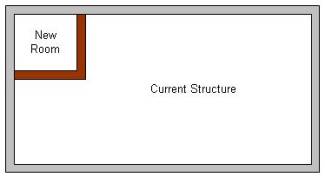
Figure 2 - New structure, utilizing existing structure walls.
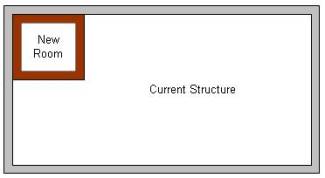
Figure 3 - New structure independent of existing structure.
New Structure, utilizing existing structure walls:
There are so many variations as to the construction of the existing structure that it is difficult to provide a definitive method of tying the new structure to the old structure.
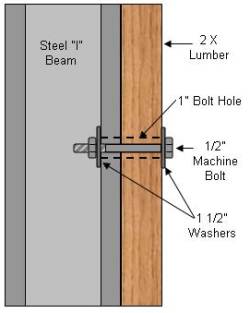
Figure 4 - Bolting lumber to steel
If you are attaching the inner structure to the current building ensure that the connection is made to structural supports not to the exterior finish cladding. The cladding will attempt to contract and expand with changes to temperature and does not provide a solid support for the new rooms.
If you are tying to the structural supports and they are metal, use 1/2 inch larger diameter holes, than the diameter of the bolts, in the lumber. This will allow 1/4 inch expansion and contraction in both directions as shown in Figure 4. This configuration can be used on vertical or horizontal connections
For connecting to wood beams, in a horizontal or vertical direction, use a number of lag bolts. Drill a 1/4 inch larger than needed hole in the wood member being attached, as shown in Figure 5. Because both members are wood, the expansion and contraction differential will not be as great as it is with metal and wood members.
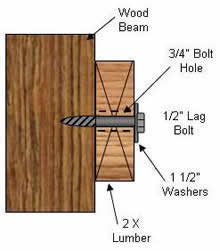
Figure 5 - Bolting lumber to lumber using lag bolt
The basic wall construction of a two story building would look similar to Figure 6:
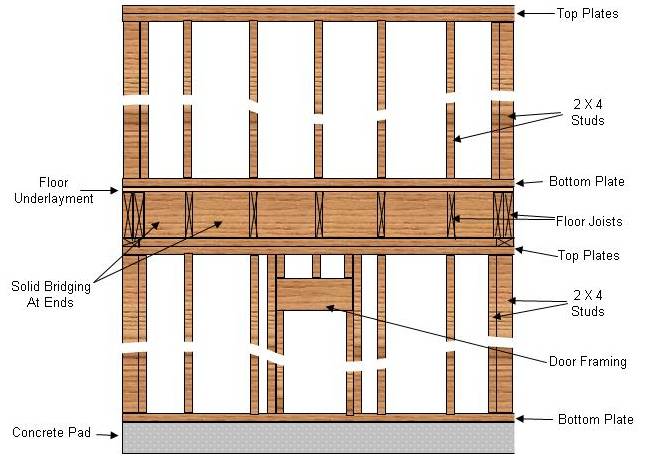
Figure 6 - Two story building framing construction
The bottom floor plate that rests on the concrete pad should be bolted into the concrete every two feet. Or you can embed concrete foundation bolts into the pad when pouring the concrete.
The size of the second story floor joists for the upper floor are dependent on the free span of the floor. Free span is the area that has no support under it. If the room is less than 20 feet, free span, I recommend the use of 2 X 10 lumber.
The floor underlayment should be at least 5/8 inch thick and it is best if it is screwed to the floor joists rather than nailed.
Use solid bridging at both ends of the second story floor joists and cross bridging in the middle of the joists, spaced approximately every six feet.
The wall construction should look similar to Figure 7:
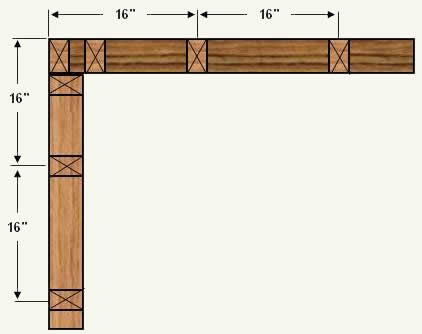
Figure 7 - Free standing stud wall construction
Detailed information on the design and build the stairs to the second floor. You must add support around the staircase opening in order to hold the floor joists, unless the stairs are placed on the outside of the structure.
The exterior finish or cladding that you use, because the rooms are indoors, can be almost anything, from drywall to plywood or siding.
Remember to work out your electrical requirements and how you will bring the electrical service to the new rooms.
